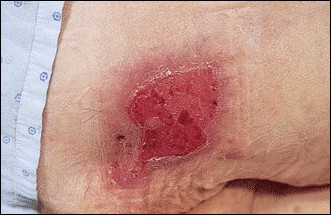Answer to Question 1
Answer: B
Explanation: A) Incorrect. Social interaction is a characteristic of the Forming stage.
B) Correct. Development of shared standards and expectations is consistent with the Norming stage.
C) Incorrect. High levels of coordination would be a characteristic of the Performing stage.
D) Incorrect. The forming of factions would be consistent with the Storming stage.
Answer to Question 2
Answer: B
Explanation: A) Incorrect. Statement 1 is correct. Second-chance meetings involve sleeping on the group's decision and revisiting it a day late. This helps bring a fresh perspective. Statement 2 is correct. Outside experts can see things that a cohesive group sometimes misses. Statement 3 is incorrect. Though it may save time to express an opinion at the outset of a meeting, the leader's opinion carries undue weight. Instead, the team leader should encourage open discussion of differing perspectives.
B) Correct. Statement 1 is correct. Second-chance meetings involve sleeping on the group's decision and revisiting it a day late. This helps bring a fresh perspective. Statement 2 is correct. Outside experts can see things that a cohesive group sometimes misses. Statement 3 is incorrect. Though it may save time to express an opinion at the outset of a meeting, the leader's opinion carries undue weight. Instead, the team leader should encourage open discussion of differing perspectives.
C) Incorrect. Statement 1 is correct. Second-chance meetings involve sleeping on the group's decision and revisiting it a day late. This helps bring a fresh perspective. Statement 2 is correct. Outside experts can see things that a cohesive group sometimes misses. Statement 3 is incorrect. Though it may save time to express an opinion at the outset of a meeting, the leader's opinion carries undue weight. Instead, the team leader should encourage open discussion of differing perspectives.
D) Incorrect. Statement 1 is correct. Second-chance meetings involve sleeping on the group's decision and revisiting it a day late. This helps bring a fresh perspective. Statement 2 is correct. Outside experts can see things that a cohesive group sometimes misses. Statement 3 is incorrect. Though it may save time to express an opinion at the outset of a meeting, the leader's opinion carries undue weight. Instead, the team leader should encourage open discussion of differing perspectives.
E) Incorrect. Statement 1 is correct. Second-chance meetings involve sleeping on the group's decision and revisiting it a day late. This helps bring a fresh perspective. Statement 2 is correct. Outside experts can see things that a cohesive group sometimes misses. Statement 3 is incorrect. Though it may save time to express an opinion at the outset of a meeting, the leader's opinion carries undue weight. Instead, the team leader should encourage open discussion of differing perspectives.







